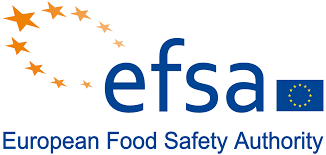Chemycal has been acquired by 3E
Learn MoreChemycal has been acquired by 3E
Learn MoreDiscover how Chemycal PRO helps you boosting your regulatory monitoring:

ABSTRACT - The Panel on Food Additives and Flavourings added to Food (FAF) provided a scientific opinion re‐evaluating the safety of chlorides (E 507–509, E 511) as food additives. Chlorides are authorised food additives in the EU in accordance with Annex II and III to Regulation (EC) No 1333/2008. In the non‐ brand‐loyal scenario, mean exposure to chlorides (E 507–509, E 511) as food additives ranged from 2 mg/kg body weight (bw) per day in the elderly to 42 mg/kg bw per day in toddlers. The 95th percentile of exposure ranged from 5 mg/kg bw per day in the elderly to 71 mg/kg bw per day in toddlers.
Chloride is an essential nutrient and after absorption is distributed to organs and tissues. The Panel considered chlorides to be of low acute oral toxicity and there is no concern with respect to genotoxicity and carcinogenicity. No effects were reported in developmental toxicity studies in rats following administration of magnesium chloride hexahydrate at 800 mg/kg bw per day.
Some animal studies suggested a role of chloride in increasing blood pressure but based on the toxicological database available the Panel considered human data more appropriate to identify a level of chloride intake which does not raise a safety concern.
The Panel identified a human dose of 40 mg chloride/kg bw per day as a reference value for the assessment. Mean levels of exposure in all age groups were below or at this reference value, which indicates no safety concern. In some age groups (toddlers, children and adolescents), the 95th percentile exposure estimates were slightly above this reference value. The Panel concluded that the exposure to chloride from hydrochloric acid and its potassium, calcium and magnesium salts (E 507, E 508, E 509 and E 511) does not raise a safety concern at the reported use and use levels.
CONTINUE READING ON www.efsa.europa.eu
2013 © MyChemicalMonitoring. ALL Rights Reserved. About Us | Terms and Conditions